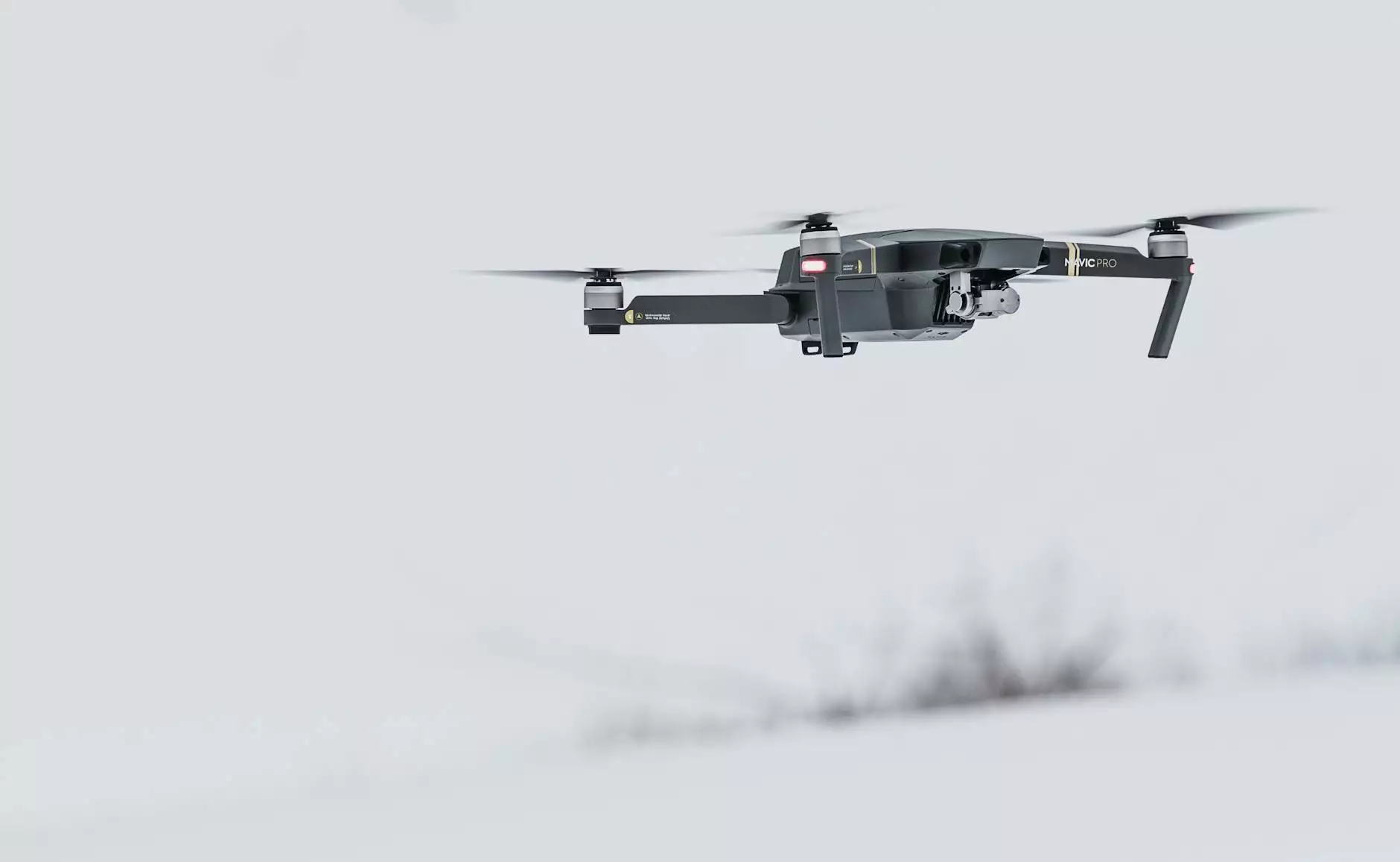Enhancing Security: Video Surveillance Systems for Business

In today's fast-paced and ever-evolving business environment, security has become a top priority for organizations of all sizes. A significant aspect of maintaining a secure workspace involves effectively monitoring and protecting physical locations. This is where video surveillance systems for business come into play. These systems not only deter criminal activities but also enhance operational efficiency and provide peace of mind to business owners and employees alike. In this comprehensive article, we will delve into the types, benefits, and best practices for implementing video surveillance systems tailored to your business's needs.
Understanding Video Surveillance Systems
Video surveillance systems consist of a network of cameras and recording equipment that monitor designated areas in real-time or after events have occurred. These systems can range from a few cameras in a small office to extensive networks with hundreds of cameras in large enterprises.
Components of a Video Surveillance System
- CCTV Cameras: These cameras capture video footage and can vary in quality, style, and functionality (fixed, PTZ, dome, etc.).
- Recording Devices: DVRs (Digital Video Recorders) or NVRs (Network Video Recorders) are used for storing the video footage captured by the cameras.
- Monitors: Displays are used to view the live feeds from the cameras.
- Networking Equipment: This includes routers, switches, and cables that connect cameras to recording devices and monitors.
- Software: Video management software (VMS) allows for easy monitoring, recording, and playback of video footage.
Key Benefits of Video Surveillance Systems for Business
Investing in video surveillance systems for business can yield numerous advantages:
1. Improved Security
The primary purpose of a video surveillance system is to enhance security. Visible cameras can deter potential criminals from attempting theft, vandalism, or other illicit activities. Moreover, in case of a disturbance, such as a break-in, the footage can serve as valuable evidence for law enforcement.
2. Monitoring Employee Activity
Video surveillance can help monitor employee productivity, ensuring that operations run smoothly. By having a clear record of activities on the premises, businesses can identify areas for improvement and implement training or disciplinary actions where necessary.
3. Remote Access and Monitoring
Modern video surveillance systems often come with internet connectivity, allowing business owners to monitor their premises from anywhere in the world. This is particularly valuable for those with multiple locations, providing a centralized solution to keep an eye on everything.
4. Safety Assurance
Video surveillance systems contribute to a safer work environment. Employees feel more secure when they know there are cameras monitoring their surroundings. This can lead to increased satisfaction and productivity.
5. Evidence Collection
In the event of incidents like accidents or disputes, video footage can provide factual evidence that clarifies the situation. This can expedite insurance claims and legal processes.
Types of Video Surveillance Systems
Understanding the different types of video surveillance systems available is crucial for selecting the right one for your business:
1. Analog CCTV Systems
These traditional systems use coaxial cables to transmit video signals to a recording device. While cost-effective, they typically offer lower video quality and less flexibility compared to modern systems.
2. IP-Based Surveillance Systems
IP (Internet Protocol) systems use digital data transmission to provide higher resolution video and advanced features, such as remote access, analytics, and integration with other systems.
3. Wireless Surveillance Systems
Wireless systems eliminate the need for extensive cabling, allowing for easier installation and repositioning of cameras. However, they may be susceptible to interference.
4. Cloud-Based Surveillance
With cloud-based systems, video footage is stored remotely on secure servers. This offers enhanced accessibility and storage capabilities while reducing the burden of maintaining on-site equipment.
Choosing the Right Video Surveillance System for Your Business
Selecting the right video surveillance system for business involves evaluating specific needs and circumstances. Here are some factors to consider:
- Business Size: Larger businesses may require more sophisticated systems with multiple cameras and advanced features.
- Location: Consider the security risks based on your business’s location. Higher-crime areas may necessitate more robust surveillance.
- Budget: Determine how much you can invest in a surveillance system without compromising on essential features.
- Future Scalability: Choose a system that can grow with your business, allowing for the addition of cameras and features as needed.
- Features: Identify which features are most crucial for your business, such as night vision, motion detection, or remote access.
Best Practices for Implementing Video Surveillance Systems
To maximize the effectiveness of your video surveillance system, adhere to the following best practices:
1. Conduct a Security Assessment
Before implementation, conduct a thorough security assessment of your premises to identify vulnerable areas. This will help in placing cameras strategically for optimal coverage.
2. Choose Quality Equipment
Investing in high-quality cameras and recording devices is essential for capturing clear footage. Consider factors such as resolution, low-light performance, and durability.
3. Maintain Privacy and Compliance
Ensure your surveillance practices comply with local laws and regulations regarding privacy and recording, including appropriate signage informing individuals of surveillance.
4. Regularly Review Footage
Routine reviews of recorded footage ensure that everything is functioning correctly and can help in identifying patterns or potential security threats.
5. Train Staff
Provide training for employees on how to operate the surveillance system and the importance of adhering to security protocols.
Conclusion
Incorporating video surveillance systems for business is not just a preventive measure; it's a strategic investment that can enhance security, improve operational performance, and provide invaluable insights into daily activities. As technology continues to evolve, businesses must adapt and implement robust video surveillance solutions that meet modern security demands. By carefully choosing the right system and following best practices, organizations can create a safer, more efficient environment conducive to growth and success.
For businesses looking to enhance their cybersecurity posture, companies like Teleco offer comprehensive Telecommunications, IT Services & Computer Repair, and Internet Service Providers solutions, including state-of-the-art video surveillance systems. Equip your business with the tools necessary to thrive in today's competitive landscape while ensuring the security and safety of your assets and personnel.









